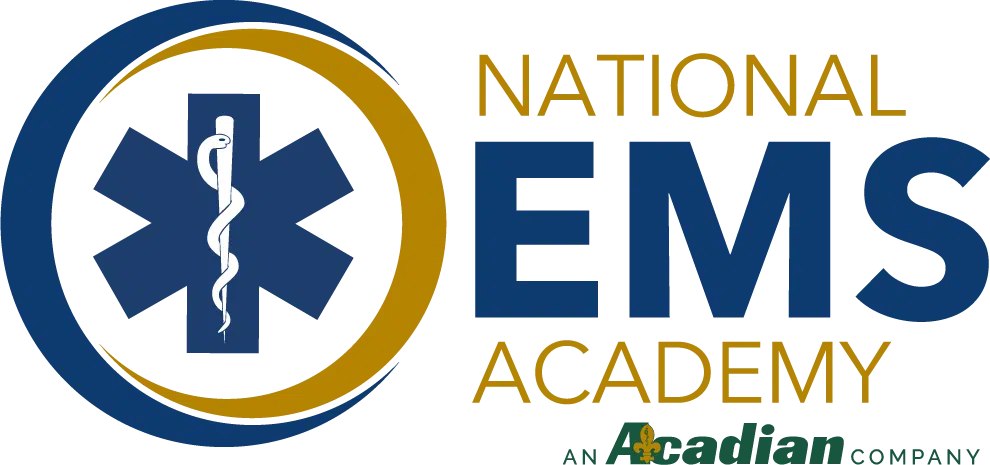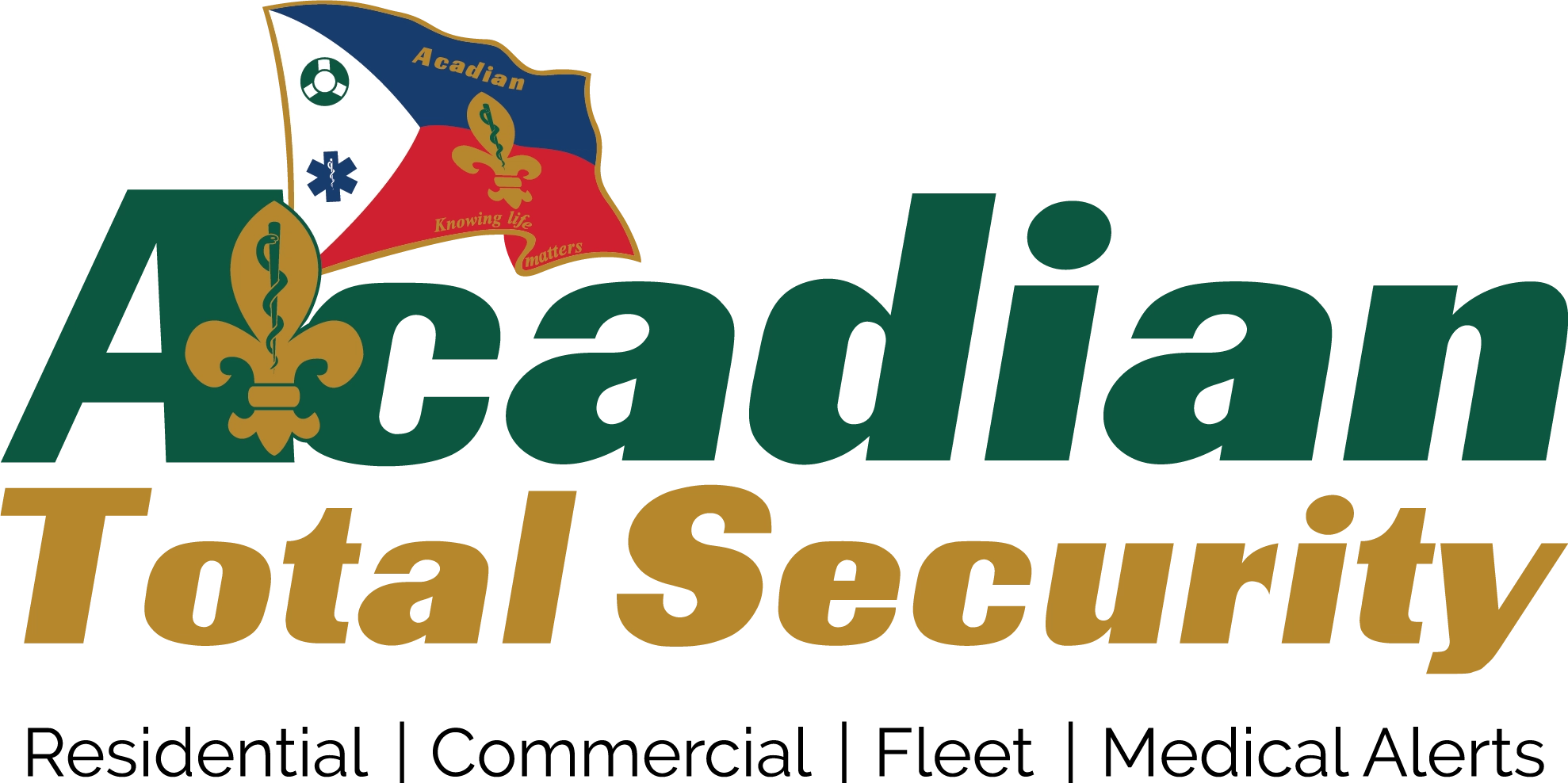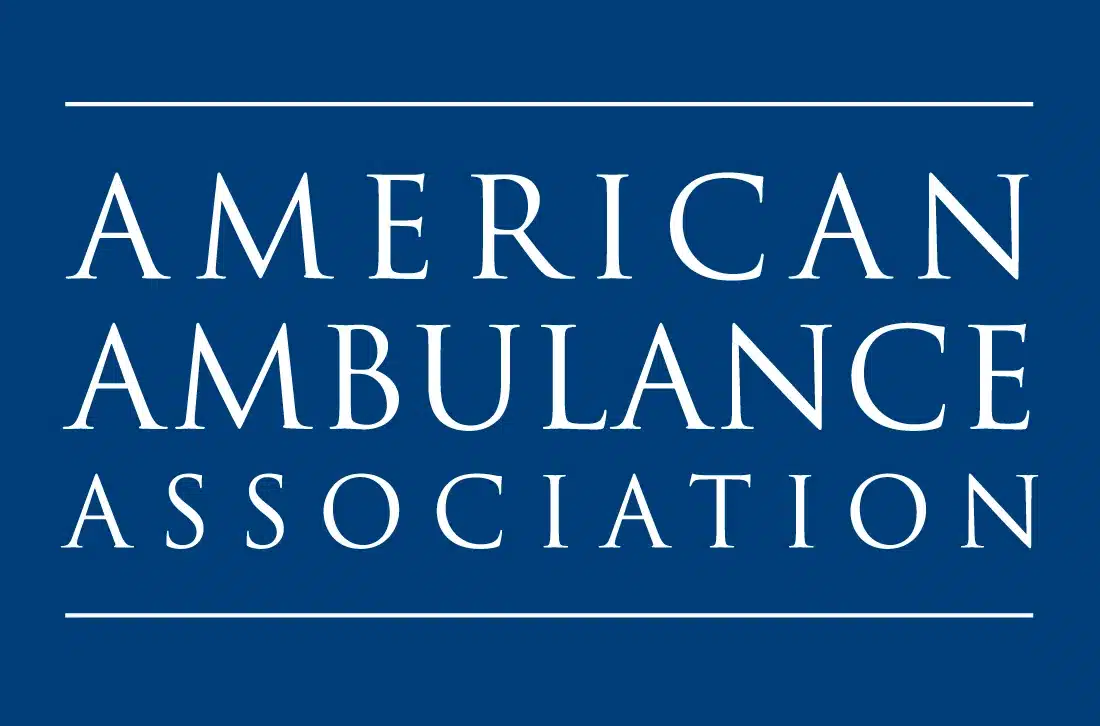As temperatures soar and the sun beats down, it’s crucial to stay informed about the potential risks that extreme heat can pose to your health. Whether you’re an outdoor enthusiast, a concerned parent, or simply looking to safeguard yourself and your loved ones, understanding the signs and symptoms of heat-related illnesses is paramount. In this informative resource, we’ll walk you through the various types of heat-related conditions, their causes, and most importantly, how to identify them early on. By familiarizing yourself with this essential information, you’ll be equipped to make informed decisions, take preventative measures, and respond effectively in case of emergencies.
What You Can Do to Protect Yourself
Follow these prevention tips to protect yourself from heat-related stress:
Clothing and Health
Wear loose, lightweight, and light-colored clothing.
Wear a hat wide enough to protect your face.
Apply sunscreen of SPF 15 or higher 30 minutes prior to going out.
Continue to reapply it according to direction.
Start hydrating before you go outside and stay hydrated throughout the day.
Drink cool, nonalcoholic beverages.
Drinking sports drinks help replace valuable salt and minerals lost by sweating.
Ensure that others with you stay hydrated as well.
Take frequent rest breaks.
Take cool showers or baths.
Medication Considerations
Though 1 in 6 Americans take psychiatric medications, many aren’t aware of the need to be mindful of the heat in summer months. Medications like Serotonin Reuptake Inhibitors (SSRIs), Serotonin Norepinephrine Reuptake Inhibitors (SNRIs) Tricyclic Antidepressants (TCAs), Antipsychotic Drugs (ACDs), drugs that help reduce anxiety like benzodiazepines and other medications can interfere with the activity of the hypothalamus – a part of the brain that helps regulate temperature, heart rate, blood pressure and thirst. As a result, children and adults who take psychiatric medication are prone to a variety of heat related symptoms.
Some psychiatric medications: increase sweating, impair sweat production, slow blood pressure (hypotension), impair cognitive functioning in extreme heat, promote thirst, or inhibit thirst and interfere with hydration. Furthermore, many medications make the sweltering heat of summer feel exponentially hotter. Blood pressure medications also raise the risk of overheating. The most common type of sun sensitivity reaction, phototoxicity, can be caused by antibiotics of all different classes
Check your medication’s warnings to see if you need to take special precaution.
Spend plenty of time in the shade.
Drink lots of water.
Avoid alcohol and strenuous activity.
Take cool showers.
Keep taking your medication regularly and as prescribed.
Outdoors
Never leave people or pets in a closed vehicle.
Find shade.
Try to avoid high-energy activities or work, especially during midday heat. Try to complete outdoors activities in the morning or evening, out of direct sun.
Indoors
Use your oven less to help reduce the temperature in your home.
If possible, seek an air-conditioned environment
If you don’t have air conditioning, consider visiting an air-conditioned shopping mall or public library to cool off.
If possible, remain indoors in the heat of the day.
Pets
If pets are outside, make sure they have plenty of cool water and access to comfortable shade.
Keep food and water in the shade.
Protect your pets’ feet from asphalt and dark pavement, which gets very hot.
Others
Check on family members, seniors and neighbors.
Heat Related Illness
Dehydration
Dehydration means your body does not have as much water and fluids as it should. Dehydration can be caused by losing too much fluid, not drinking enough water or fluids, or both.
The most obvious symptom is thirst; however, you may also experience:
Headache
Eyes stop making tears
Sweating may stop
Muscle cramps
Nausea and vomiting
Heart palpitations
Light-headedness (especially when standing)
Heat Exhaustion
Heat exhaustion is a milder form of heat-related illness that can develop after several days of exposure to high temperatures and inadequate or unbalanced replacement of fluids. Signs and symptoms of heat exhaustion include:
Heavy sweating
Paleness
Muscle Cramps
Tiredness
Weakness
Dizziness
Headache
Nausea or vomiting
Fainting
Skin: May be cool and moist
Pulse rate: Fast & weak
Breathing: Fast & shallow
Heat Stroke
Heat stroke is the most serious heat-related illness. It occurs when the body becomes unable to control its temperature: the body’s temperature rises rapidly, the body loses its ability to sweat, and it is unable to cool down. Body temperatures rise to 106°F or higher within 10-15 minutes. Heat stroke can cause death or permanent disability if emergency treatment is not provided. Signs and symptoms of heat stroke:
Extremely high body temperature (above 103°F)
Red, hot, and dry skin (no sweating)
Rapid, strong pulse
Throbbing headache
Dizziness
Nausea
What You Can Do to Help Protect Elderly Relatives and Neighbors
If you have elderly relatives or neighbors, you can help them protect themselves from heat-related stress:
Visit older adults at risk at least twice a day and watch them for signs of heat exhaustion or heat stroke
Make sure older adults have access to an electric fan whenever possible
Elderly people (people aged 65 years and older) are more prone to heat stress than younger people for several reasons:
Elderly people do not adjust as well as young people to sudden changes in temperature
They are more likely to have a chronic medical condition that upsets normal body responses to heat
They are more likely to take prescription medicines that impair the body’s ability to regulate its temperature or that inhibit perspiration














